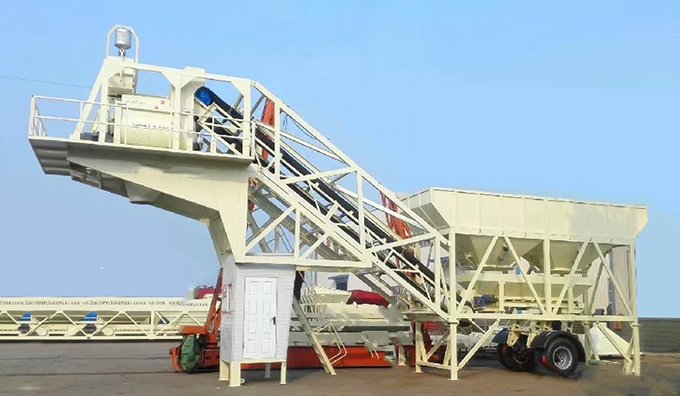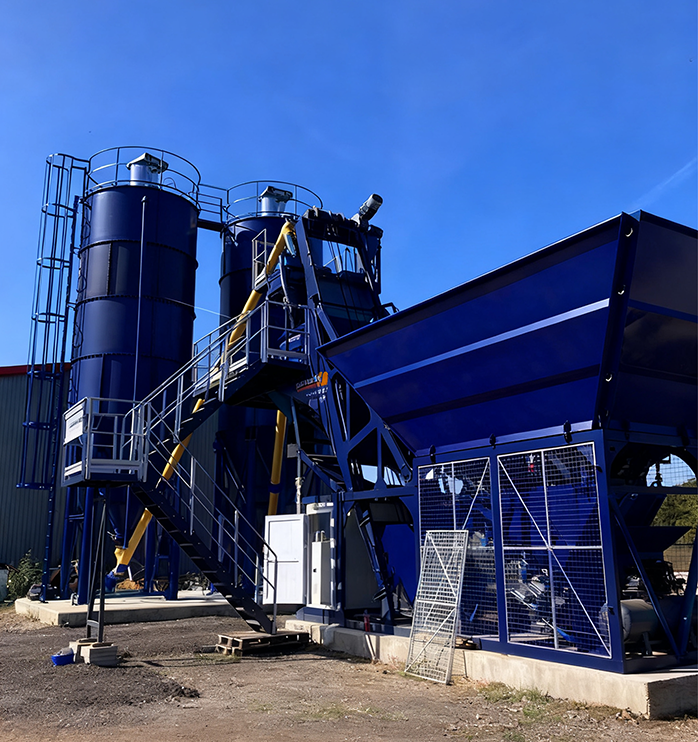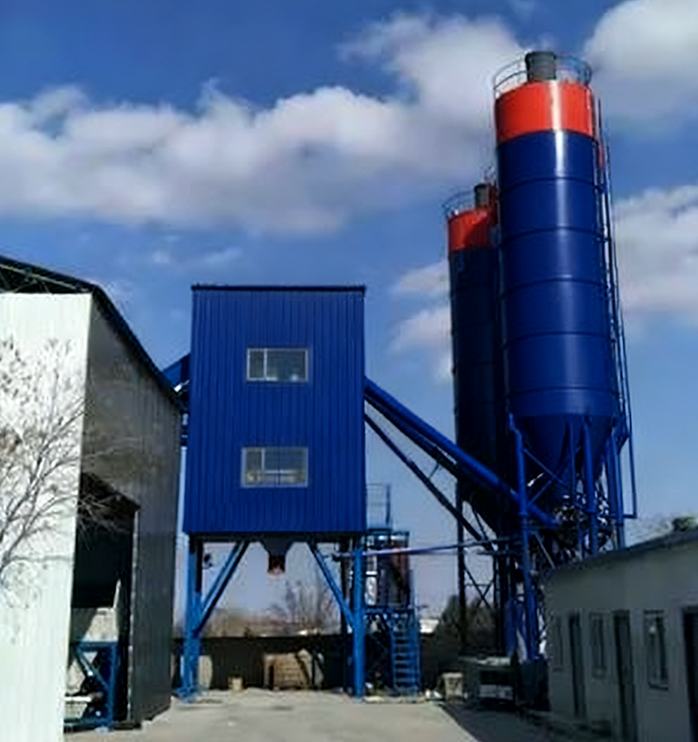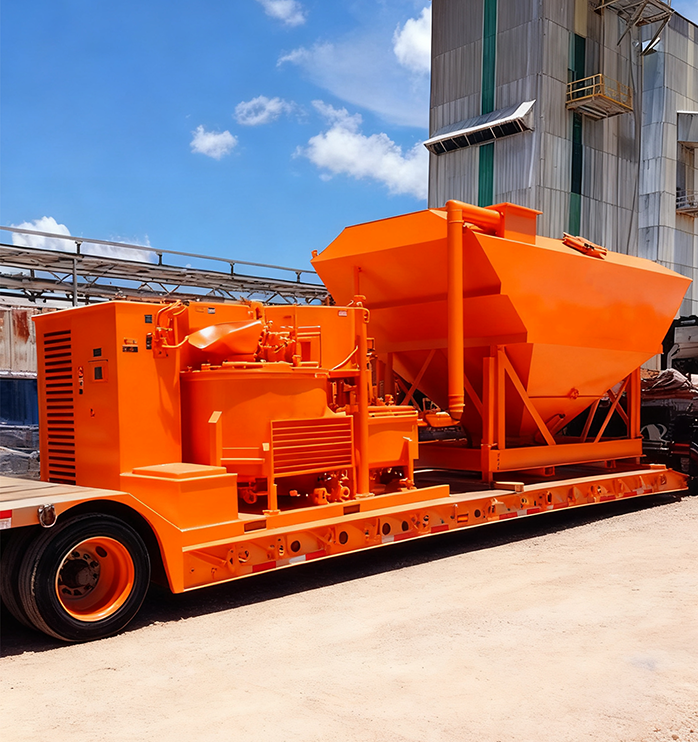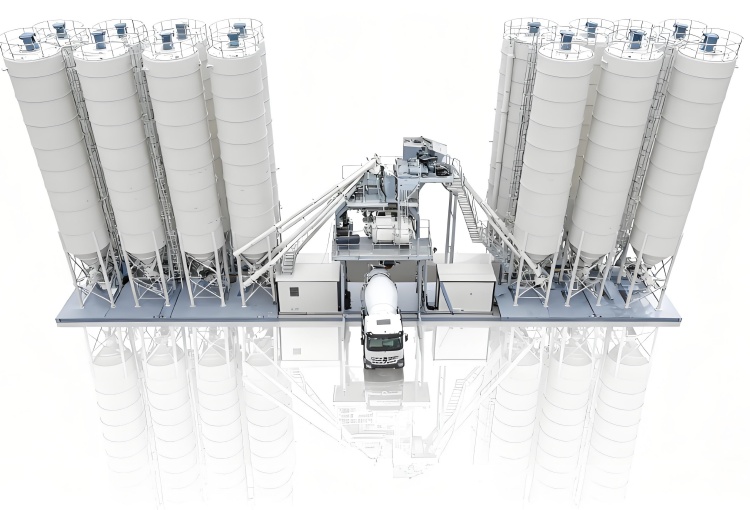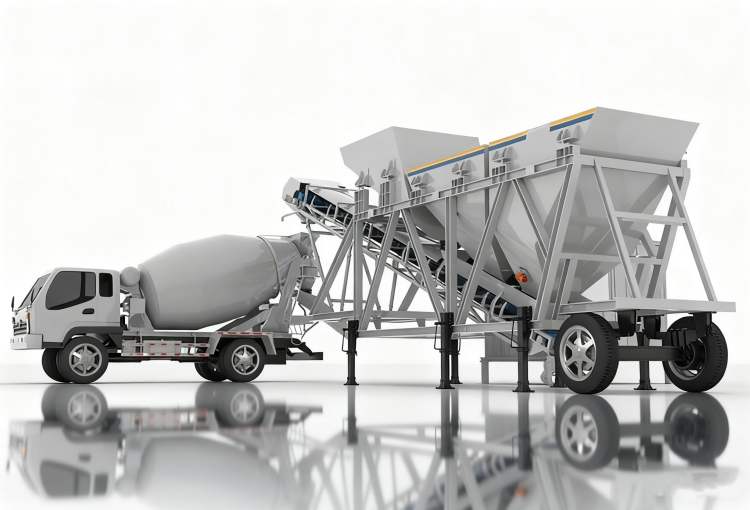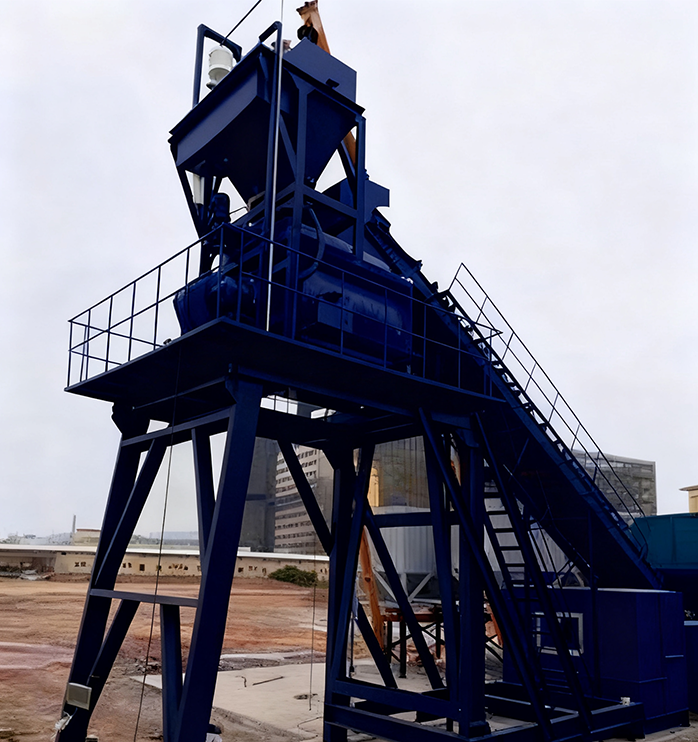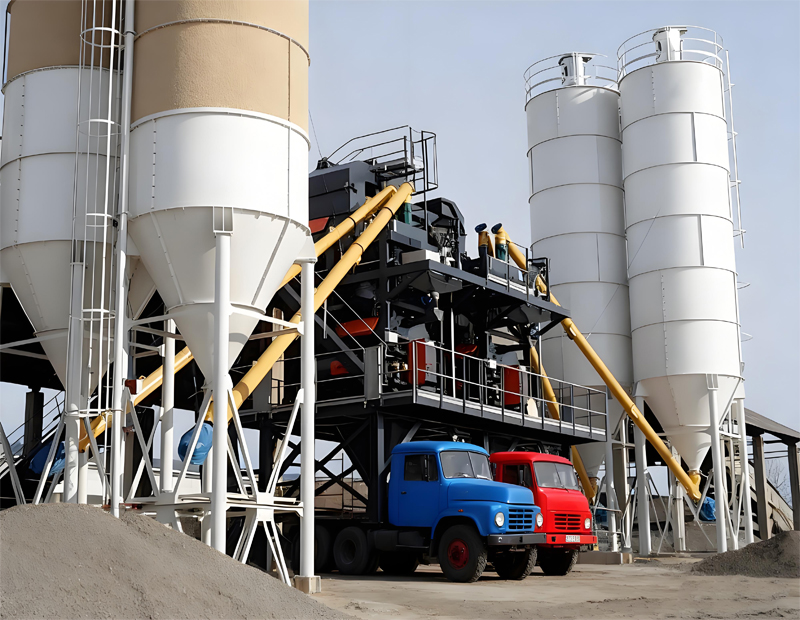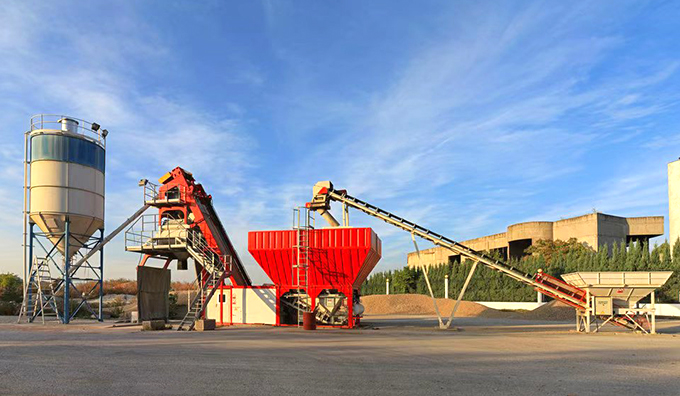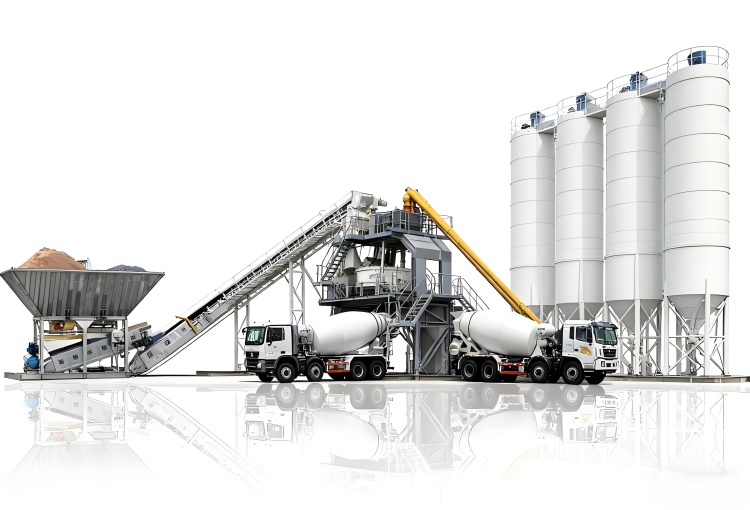The modern construction industry increasingly relies on concrete batching plants for efficient, reliable, and high-quality production. However, unexpected equipment failures, improper calibration, and outdated maintenance practices continue to cause downtime, material waste, and financial losses. In fact, studies show that unplanned downtime in concrete production can result in cost increases of 12–20% annually for large-scale plants.
Predictive maintenance has emerged as a solution to reduce these inefficiencies, optimize operational costs, and maintain consistent quality. By leveraging data-driven insights and automation, stationary concrete batching plants, mobile concrete batching plants, and precast concrete batching plants can significantly improve uptime and operational efficiency.
1. Understanding Downtime Causes in Concrete Batching Plants
Despite technological advancements, multiple factors contribute to downtime in concrete production:
1.1 Mechanical and Equipment Failures
-
Concrete mixing plant equipment such as mixers, conveyor belts, and batching hoppers experience wear and tear.
-
Inconsistent lubrication and improper concrete batching plant calibration lead to premature breakdowns.
-
Outdated concrete batching plant parts may lack compatibility with modern control systems.
Notably, preventive maintenance alone cannot fully predict failures caused by subtle mechanical degradation.
1.2 Software and Control System Issues
-
Concrete batch plant software and concrete batching plant control panels often require updates to remain compatible with plant sensors and automation devices.
-
System crashes or inaccurate readings can result in batch inconsistencies, material wastage, and temporary production halts.
1.3 Environmental and Operational Factors
-
Dust, humidity, and temperature variations affect dry concrete batching plants and dry mix mortar plants, impacting sensor accuracy and motor efficiency.
-
Power fluctuations or improper calibration can lead to overloading of equipment.
1.4 Human Factors
-
Lack of training in new ready mix concrete plant technology or concrete batching plant mini units can increase the risk of operator errors.
-
Inadequate monitoring of equipment health and maintenance schedules contributes to unplanned downtime.
Interestingly, combining data-driven predictive maintenance with operator training addresses most of these issues simultaneously.
2. Principles of Predictive Maintenance in Concrete Plants
Predictive maintenance relies on continuous monitoring and data analysis to anticipate equipment failures before they occur. Key principles include:
2.1 Sensor Integration
-
Installation of vibration, temperature, and load sensors in volumetric concrete batching plants and grout batching plants.
-
Real-time monitoring allows for early detection of abnormal patterns.
2.2 Data Analytics and Machine Learning
-
AI-driven analysis of sensor data predicts potential component failures in concrete mixing plants.
-
Algorithms identify deviations in motor load, mixer torque, and material flow rates.
2.3 Condition-Based Interventions
-
Maintenance is performed only when required, rather than at fixed intervals.
-
Reduces unnecessary downtime and extends the life of concrete batching plant parts.
2.4 Integration with Plant Management Systems
In fact, plants using predictive maintenance report 20–30% fewer unplanned stoppages and up to 15% lower operational costs.
3. Implementing Predictive Maintenance
The implementation process for predictive maintenance includes several clear steps:
3.1 Assessment and Planning
-
Conduct a baseline evaluation of all concrete batching plant equipment, including mixers, conveyors, silos, and pumps.
-
Identify critical components with the highest impact on downtime and production consistency.
3.2 Sensor Installation and Data Acquisition
-
Deploy vibration, temperature, humidity, and load sensors across key machinery.
-
Connect sensors to concrete batch plant software or cloud-based monitoring platforms.
3.3 Predictive Analytics Setup
3.4 Training and SOP Integration
3.5 Continuous Improvement
-
Evaluate system performance quarterly, adjusting thresholds and procedures as needed.
-
Collect and analyze downtime incidents to refine predictive models.
Notably, integrating predictive maintenance into stationary concrete batching plants, mobile concrete batching plants, and precast concrete batching plants improves uptime, reduces material waste, and enhances overall production quality.
4. Cost and ROI Analysis
4.1 Capital Investment
-
Sensors and monitoring equipment for a concrete batching plant mini: $5,000–$15,000
-
Upgraded concrete batch plant software: $20,000–$50,000
-
Integration with existing concrete mixing plant equipment: $10,000–$25,000
4.2 Operational Savings
-
Reduced unplanned downtime: 20–30% less idle time
-
Extended equipment life: 10–15% longer service intervals
-
Material savings: 5–10% reduction in waste due to consistent batching
4.3 ROI Timeline
5. Safety and Environmental Compliance
Predictive maintenance also contributes to safety and environmental standards:
-
Early detection of concrete batching plant parts failures prevents accidents.
-
Consistent monitoring of emissions from dry concrete batching plants ensures compliance with local regulations.
-
Integration with automated dust collection systems reduces particulate emissions by 10–15%.
Interestingly, predictive maintenance reduces emergency repairs, preventing environmental contamination incidents and costly fines.
6. Key Performance Indicators for Predictive Maintenance
To evaluate the effectiveness of predictive maintenance:
-
Downtime incidents: Reduce by ≥25% annually
-
Equipment availability: Maintain >95% uptime
-
Material waste: <5% per batch
-
Energy efficiency: Improve 10–15% annually
7. Long-Term Optimization Strategies
7.1 Standardization Across Plants
-
Develop uniform maintenance procedures for concrete batching plant manufacturers in China and other suppliers.
-
Apply consistent thresholds, monitoring intervals, and reporting formats.
7.2 AI and Digital Twin Integration
7.3 Continuous KPI Monitoring
-
Regularly review production, safety, and environmental KPIs.
-
Adjust predictive maintenance thresholds to minimize downtime and maximize ROI.
8. Conclusion and Call to Action
Predictive maintenance in concrete batching plants is a strategic investment that:
-
Reduces unplanned downtime
-
Lowers operational costs
-
Enhances safety and environmental compliance
-
Optimizes resource utilization
Companies operating stationary concrete batching plants, mobile concrete batching plants, precast concrete batching plants, and concrete mixing plants can achieve measurable improvements in efficiency and profitability.

